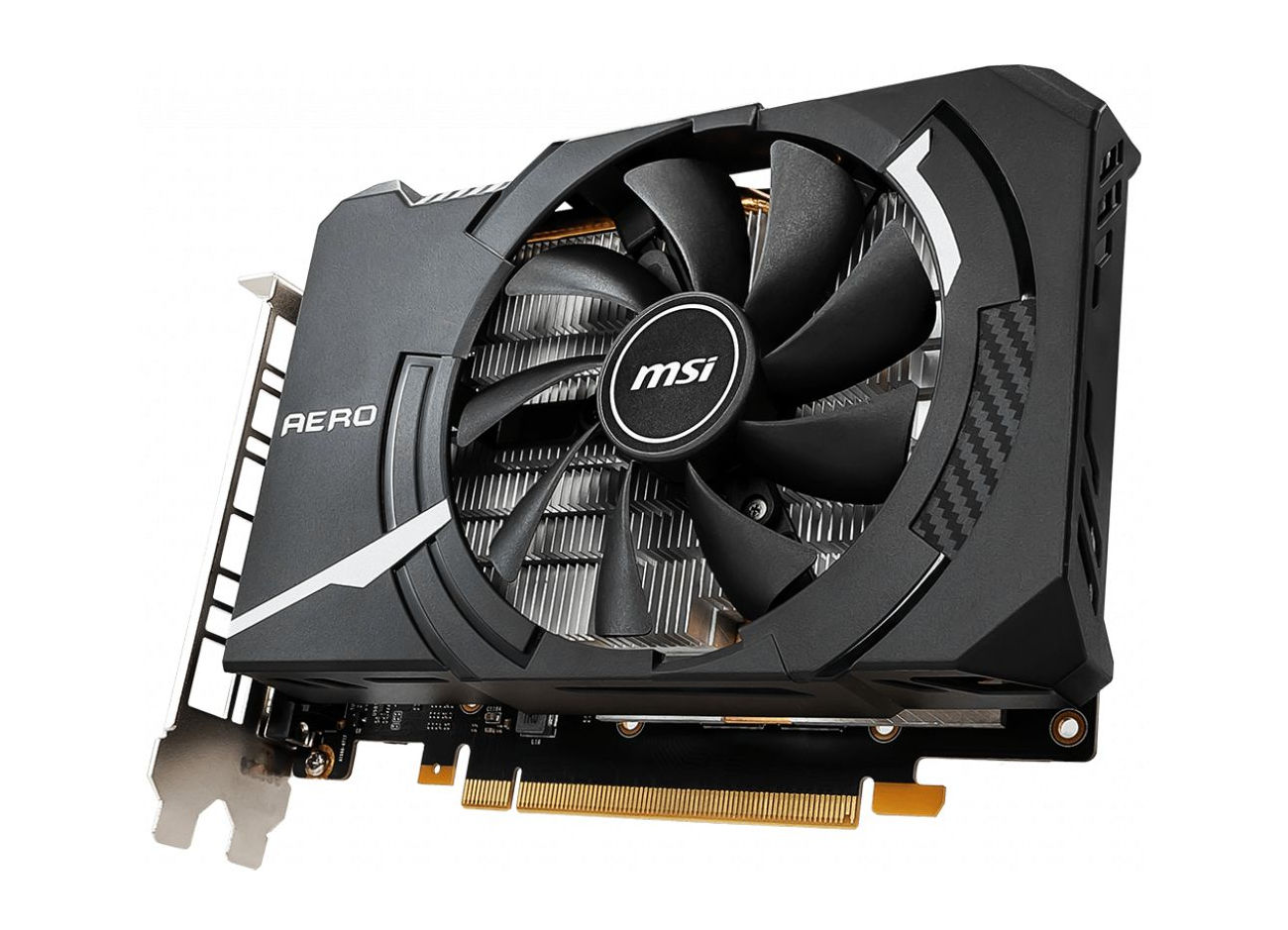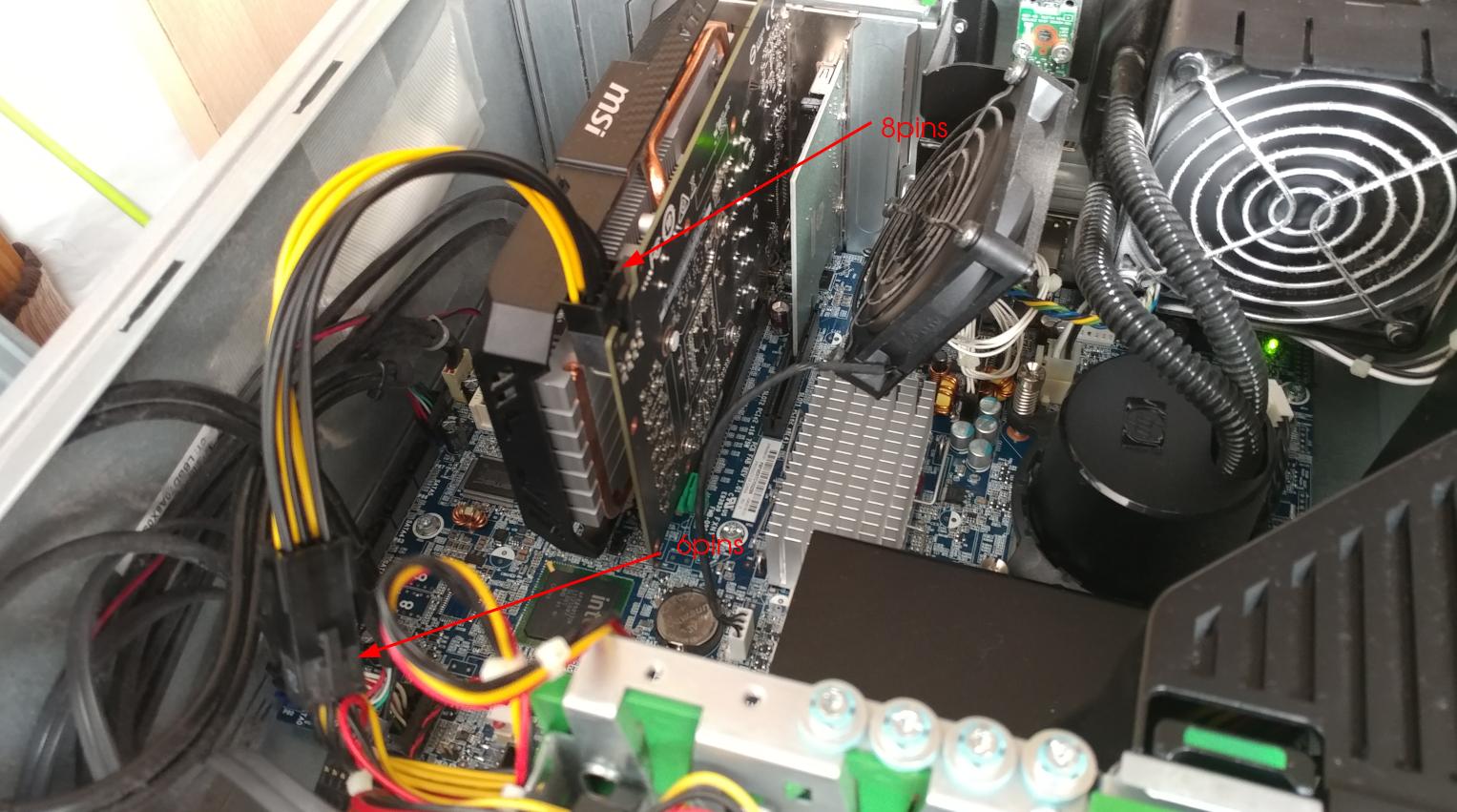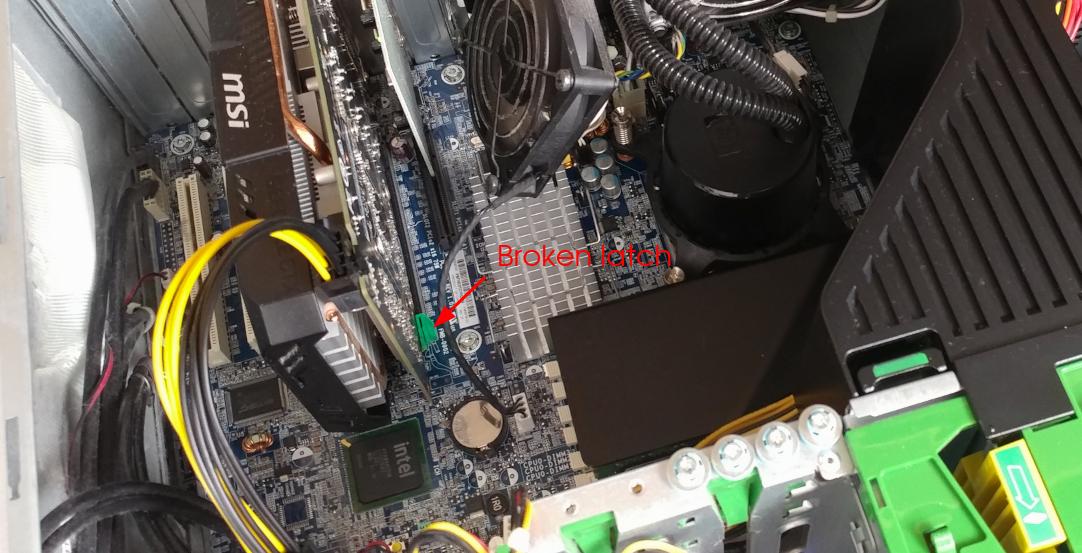Boosting a HP Z400 Workstation with a Modern GPU
Let’s talk about hardware today! One of my machines at home happens to be an old HP Z400 workstation. A fairly old piece of hardware (manufactured sometimes in 2009-2010) that I use mainly for productivity because it’s built like a tank and is fairly silent – and really cheap second hand. I mentioned it before on Boiling Steam, back in 2017. While pre-built, you can replace and upgrade pretty much everything in it, be it the CPU, the RAM, and the GPU. It usually comes with a Quadro Nvidia GPU, but you can certainly switch it for a more modern card. Years ago I went for a Nvidia GTX 1060 (3GB, the weakest one) GPU to enjoy some decent gaming on that machine as well – unfortunately this card, along with Pascal generations cards in general, has issues with VKD3D and I wanted to do an affordable upgrade.
Yeah, a GPU upgrade. In this market? Call me crazy.
Right now there are two strategies to deal with this market:
- Be patient, and don’t buy anything, and use whatever technology you can to get the most out of your GPU in the meantime, such as FSR or DLSS if you are on a Nvidia RTX card.
- Search for good deals constantly, knowing full well that you will pay much more than usual, but that you can also sell your existing GPU for a better price than you expect. What matters is ultimately the differential.
My strategy to get a decent price was to crawl the best deals for a few target GPUs (GTX 1660 Super and GTX 1660 Ti were the main ones) everyday on Yahoo auctions (one of the alternatives for Ebay in Japan) and look for the good deals that would come regularly every 2-3 weeks. Note that there seems to be quite a few people nowadays who sell their GPUs after using them 24/7 for mining over long periods of time. They can be a little cheaper than the cards that were only used for Gaming, but I tend to avoid those, just to ensure I won’t get something that’s already reaching its end of life.
I ended up with a GPU for 40 000 JPY (roughly 350 USD based on JPY/USD conversion) - not great, but not terrible either. The thing you need to be smart about is that performance is the only good metric. For example, the GTX 1660 Super is more recent, but the slightly older GTX 1660 Ti has a very similar performance profile in most benchmarks. And the GTX 1660 Ti is pretty much always cheaper used.
So I ended up with a used GTX 1660 Ti. However, until I received the card and tested it, I was not too sure whether it would actually work.
Several potential issues were on my mind:
- The GTX 1660 Ti consumes slightly more power than a GTX1060. And the power supply that come by default with the HPZ400 is just 475W. I knew that the power supply had clear limitations, since a much older card that I used to have (GTX 780? I can’t recall) consumed a little too much power and would make the whole machine freeze in graphics intensive scenes like benchmarks.
- The PSU only comes with a 6pin cable. Most modern cards, even when their TDP does not exceed 120W, feature 8pin connectors only. Would it work OK with a 6pin to 8pin adapter? Would that be stable as a setup? I assumed so, but you never know…
- The HP Z400 is from another generation by now. Pci-Express 2 instead of 3, slower RAM, slower CPU… is the upgrade really going to be worth it anyway? Any meaningful boost in framerates?

Let me divide this experiment in two parts - this time will be only about the hardware aspect itself, and the next part will be about the software and the overall performance of the whole system.
Installing the card proved a bit more troublesome that it should have been. The HP Z400 is well designed and there are no screws to remove anything that’s attached at the back: everything works with a moving flap that traps whatever expansion cards you have and locks them down. Unlocking this one frees the expansion cards, including the GPU, and then it’s just about removing them. That’s also why I love these professional workstations: they are very well made in that regard.
There’s this little latch at the edge of the PCI-express port to lock the GPU in place. You are supposed to push it while you pry the GPU card out, and while I did so it broke in my hands, resulting in a nice GTX1060 card half way stuck in the slot: one side on its way out, the other firmly attached on the board. Oops. I had to try quite a few different tools to help liberate the card, and after many trials it came out cleanly, without damaging anything. Phew.

Inserting the new GPU was a piece of cake. As mentioned before, the GTX 1660 Ti uses a 8 pin connection for power, and this is where I used a 6 pin to 8 pin adapter cable to make it work with my existing PSU. This cable was fairly cheap (7 USD for 2). Note that this will only work if the GPU consumes not much more than 120W, as the 8pin connector is supposed to be able to deliver more power if needed (up to 175W I think). A more power hungry card may not have worked at all with this setup, as my PSU is only rated for 475W. 475W is not the real power output, PSU have an efficiency ratio that you have to take in account (most of them are between 80 and 90%).

First power on, machine opened up, showed the HP boot logo on screen, meaning that the card was working as expected at least in its initial state. A few moments later, however, it froze when entering the login screen of my first session. I am not exactly sure what is causing that. Lack of power? I removed the PSU connectors to my DVD drive, that I barely use anymore, just in case. The second boot was successful and I was able to enter the graphical session.
After closing the box, I could confirm that things are generally working, but after a long poweroff, I sometimes experience a freeze that requires a reboot. The following reboot will work fine, and will keep working fine for hours (i.e. whole day) without freeze, even under heavy load (such as gaming for several hours). I have no good explanation for that other that the PSU might get more efficient when warmed up at least for a few minutes… but that might be the completely wrong explanation. If anyone has a plausible hypothesis, I am all ears.
So there you have it. It is actually possible to install a GTX 1660 Ti successfully in a HP Z400 workstation without changing its original PSU. What seemed to work on paper actually works for real in this case.
Now, was the upgrade worth it? Was I able to beat the performance of a slideshow in Horizon Zero Dawn on this config?
You will find out very soon in my next article.
